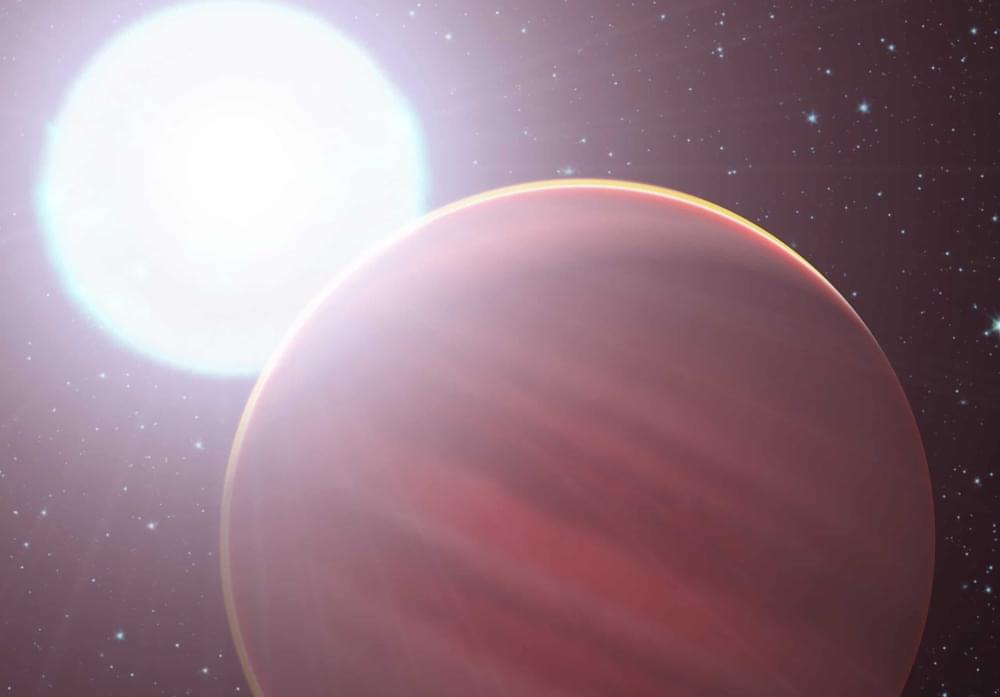Most exoplanets lying in the habitable zones around stars are in fact inhospitable to plant life as we know it. That is according to a new study from microbiologists and astronomers at the University of Georgia who say that taking into account the light a planet receives as well as its ability to hold liquid water is a better definition of whether life could exist on other planets.
The Habitable Zone (HZ) is traditionally defined to be the range of distances around a star where an exoplanet can support liquid water on its surface. Too far, and the planet remains frozen like Mars. Too close and the oceans evaporate, as happened to Venus. The zone in the middle is neither too hot, nor too cold, but just right – the so-called “Goldilocks zone”.
Nothing certain is known about the properties and requirements of alien life. However, there are generally two schools of thought in astrobiology. One is that evolution on other planets can figure out ways to sidestep seemingly insurmountable barriers to life as we know it, while others claim that life is everywhere bounded by the same universal physical principles, and can thus only operate a certain way, similar to as on Earth.
